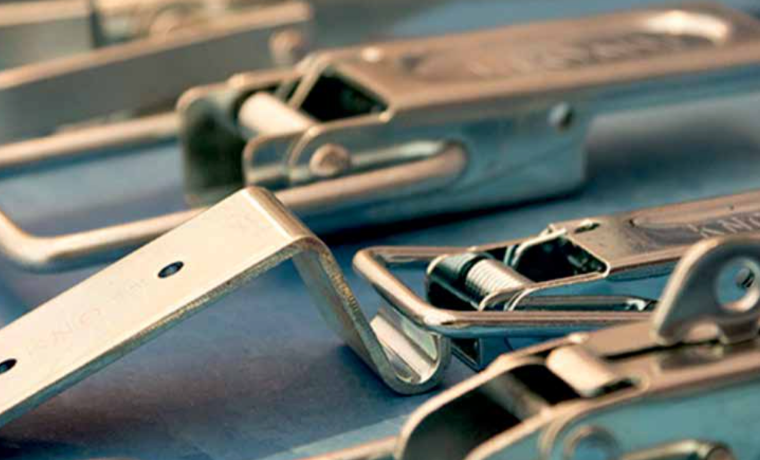
A good looking trailer is not always a great trailer. Design and functionality, like in any other industry, always come hand in hand to achieve the optimum purpose of any project or plan. Designing a trailer, for instance, have some points to consider to ensure longevity, safety, and usefulness of the equipment.
5 Key Points to Consider When Designing a Trailer
1. A good trailer, like a utility trailer, should be simple. Designing and making a trailer that rides
behind another vehicle can be made simple like a flatbed, or a flatbed with railings on the side to carry the items that you need to move. A simple trailer made with good towing ability makes it last for a long time.
2. Consider the “trailer strength”. Keep in mind that you need to consider the Load Capacity upon designing or building a trailer. Determine how strong and capable your trailer should be. Is it only allowed to carry 1000 pounds or a ton of load? Light duty trailers for lighter loads are lightly framed. Heavy-duty trailers for heavy-duty loads will be built to endure heavy loads. Heavy-duty trailers mean proper gusseting, triangulation, and reinforcements in axle mounts.
3. Dynamic Stability is another key point to consider when designing a trailer. A trailer axle enhances tracking. This trailer axle should be an axle made specifically for trailers and it should have camber.
Also, axle alignment is very important as well to ensure dynamic stability. The axle or axles of the trailer should be perpendicular to the direction of the pull, which will mean fewer issues in trailer tire wear in the future.
Trailer tires also contribute to dynamic stability. Properly inflated tire keep the trailer from wandering or bouncing around when encountering road inconsistencies.
4. Center of Gravity of trailers should also be considered when building a trailer. The general rule of thumb is: the lower the centre of gravity, the better trailer stability. In effect, if your trailer is expected to carry heavier loads, it means, you have to keep the centre of the gravity as low as possible to prevent it from tipping over.
5. Create a trailer that showcases versatility. Consider trailer size, length and width of the trailer, height, frontal area, number of axles, and as well as capacity options. If you think you would need a trailer built to carry various types of loads, ensure designing one that will be versatile enough to keep your valuables safe.
The purpose of designing a trailer is to make sure all goods and valuables that need to be transported will be brought safely from point A to point B. A poorly designed trailer will not only compromise your goods’ safety but as well as risking towards possible unnecessary financial damages should accidents occur.
Like this:
Like Loading...